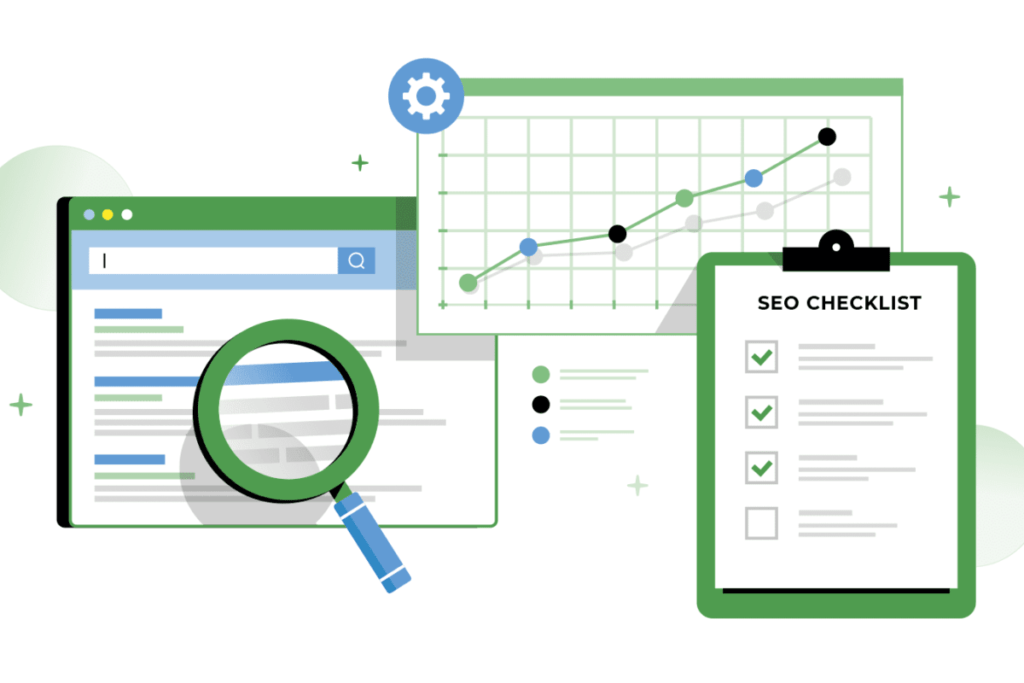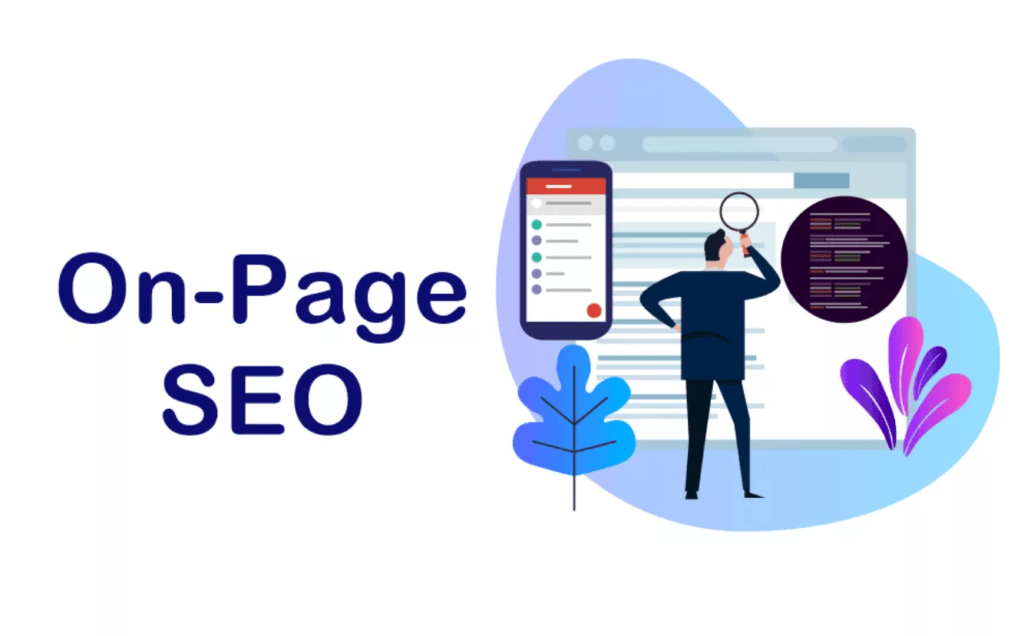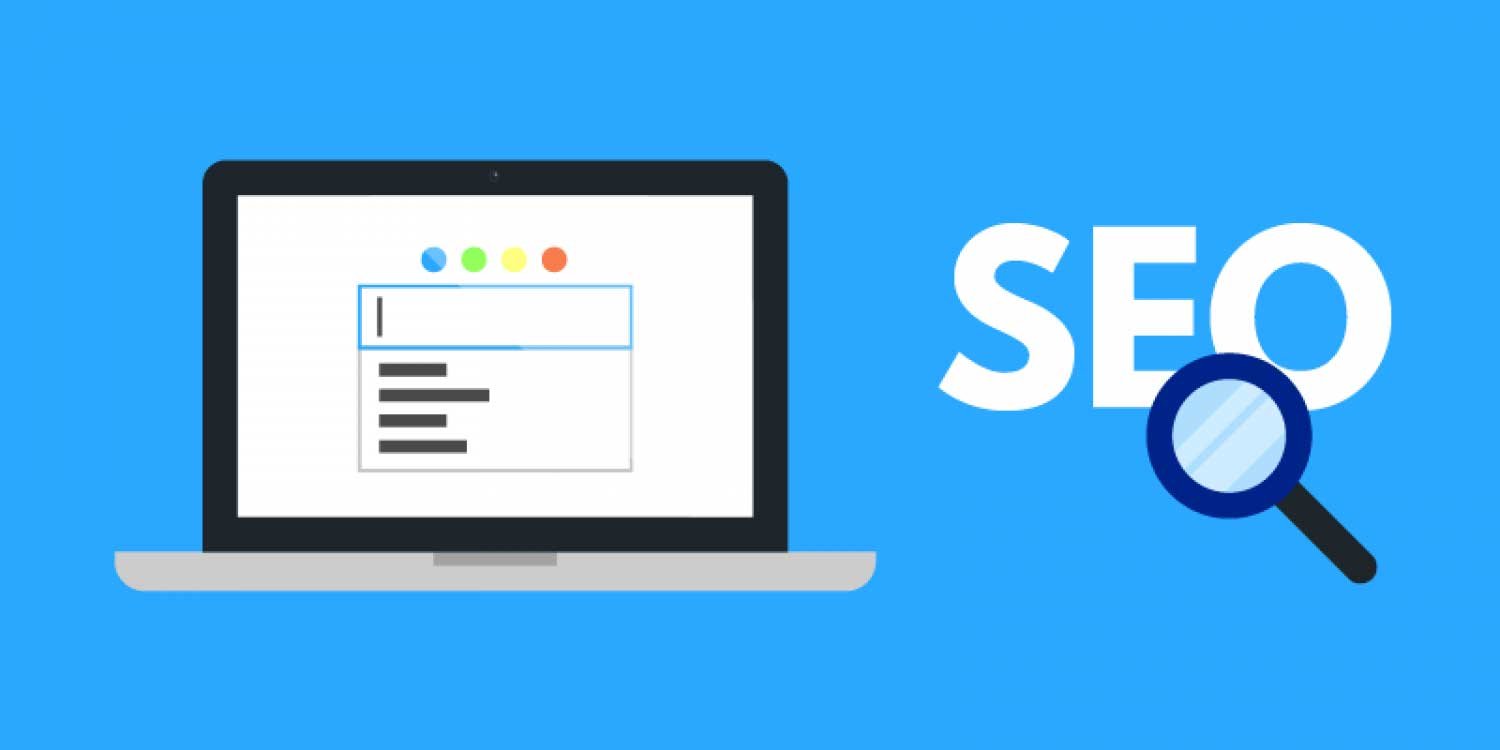Table of Contents
On page SEO involves optimizing individual web pages to rank higher and earn more relevant traffic in search engines. It includes elements like keyword research, meta tags optimization (title, description, headers), quality content creation, URL structure refinement, internal linking, and image optimization. Ensuring mobile-friendliness, fast loading times, and intuitive user experience are crucial. By strategically placing keywords throughout the content, maintaining readability, and providing valuable information, on-page SEO enhances visibility and accessibility to search engine crawlers. This boosts website rankings, increases organic traffic, and improves overall online presence, ultimately leading to higher conversion rates and better user engagement.
What Is On Page SEO
On-page SEO refers to the practice of optimizing individual web pages in order to rank higher and earn more relevant traffic in search engines. This includes optimizing both the content and HTML source code of a page, such as utilizing relevant keywords, optimizing meta tags and headers, improving site speed, and enhancing user experience. By focusing on on-page SEO techniques, website owners can improve their chances of ranking higher in search engine results pages, ultimately driving more organic traffic to their site.
What Is On Page SEO Factors?

On-page SEO factors are elements that website owners have direct control over in order to optimize their website’s visibility and rankings in search engine results pages (SERPs). These factors involve making improvements to the content and structure of a webpage to make it more appealing to search engines like Google, Bing, and Yahoo. By focusing on these on-page SEO factors, website owners can improve their chances of ranking higher in search results and attracting more organic traffic to their site.
Here are some key on-page SEO factors that website owners should pay attention to:
1. High-quality content: One of the most important on-page SEO factors is high-quality, relevant content. Search engines like Google prioritize websites with informative, well-written content that provides value to their users. Website owners should focus on creating unique, engaging content that is targeted towards their target audience.
2. Keyword optimization: Keyword optimization involves using relevant keywords throughout a webpage’s content in a natural and authentic way. Keywords help search engines understand what a webpage is about and can help improve a webpage’s visibility in search results. Website owners should conduct keyword research to identify relevant keywords and incorporate them strategically throughout their content.
3. Title tags: Title tags are HTML elements that define the title of a webpage. Title tags are displayed in search engine results pages and are an important on-page SEO factor. Website owners should ensure that each webpage has a unique and descriptive title tag that includes relevant keywords.
4. Meta descriptions: Meta descriptions are brief summaries of a webpage’s content that are displayed in search engine results pages. While meta descriptions do not directly impact a webpage’s rankings, they can influence click-through rates. Website owners should write clear, informative meta descriptions that encourage users to click on their search result.
5. Header tags: Header tags (H1, H2, H3, etc.) are HTML elements that define the headings and subheadings of a webpage. Header tags help organize content and improve readability for both users and search engines. Website owners should use header tags to structure their content and include relevant keywords in their headings.
6. Image optimization: Images are an important component of a webpage’s content. Website owners should optimize their images by using descriptive filenames and alt text that includes relevant keywords. Optimized images can improve a webpage’s visibility in image search results and contribute to a better overall user experience.
7. URL structure: The structure of a webpage’s URL can impact its visibility in search results. Website owners should use descriptive, keyword-rich URLs that clearly indicate the content of a webpage. Short, simple URLs are preferred by search engines and users alike.
8. Internal linking: Internal linking involves linking to other pages within a website. Internal links help search engines navigate and index a website more effectively. Website owners should include internal links in their content to improve the user experience and encourage users to explore more pages on their site.
Overall, on-page SEO factors are an essential part of any successful SEO strategy. By focusing on optimizing their website’s content, structure, and user experience, website owners can improve their website’s visibility and rankings in search engine results pages. It is important to regularly monitor and adjust on-page SEO factors to ensure that a website remains competitive and continues to attract organic traffic.
What is on page SEO checklist

- On-page SEO checklists consist of various elements that need to be optimized within a webpage to improve its search engine ranking and visibility. These elements include keyword optimization, meta tags, headings, content quality, internal linking, and image optimization.
- Keyword optimization involves using relevant keywords throughout the content, meta tags, and headings to match user search queries. Meta tags, including meta titles and descriptions, provide information about the webpage to search engines and users. Headings structure the content and help search engines understand the hierarchy of the information.
- Content quality refers to the relevance and readability of the content, which should be informative, engaging, and free of errors. Internal linking helps search engines navigate the website and distribute link authority to important pages. Image optimization includes using descriptive file names and alt text to improve accessibility and search engine visibility.
- Overall, on-page SEO checklists work by ensuring that webpages are well-optimized for search engines, making it easier for them to crawl, index, and rank the content. By following these guidelines, website owners can improve their chances of ranking higher in search results and attracting more organic traffic to their site.
- Some key elements of on-page SEO include keyword research and optimization, creating high-quality and relevant content, optimizing images and multimedia, improving site speed and mobile responsiveness, ensuring proper URL structures, and implementing internal linking strategies. By implementing these practices effectively, website owners can increase their visibility online and attract more targeted visitors to their site.
Why On Page SEO Important For Website

- A webpage is a fundamental element of a website as it is the visual representation of content that users see when they visit a website. A well-designed and interactive webpage can play a crucial role in attracting and engaging visitors, encouraging them to explore further and potentially convert into customers.
- One of the key reasons why a webpage is important for a website is because it serves as the gateway for users to access information, products, or services that a business offers. It is the first impression that users have of a website, and a poorly designed webpage can deter visitors from exploring further. On the other hand, a visually appealing and user-friendly webpage can captivate users’ attention and encourage them to stay longer on the website.
- Furthermore, a webpage is important for search engine optimization (SEO) as it is the primary location where keywords, meta tags, and other SEO elements are implemented. By optimizing a webpage with relevant keywords and meta tags, a website can improve its visibility on search engine results pages, leading to higher organic traffic and better rankings.
- Additionally, a webpage is crucial for showcasing the brand identity and values of a business. Through the use of colors, fonts, images, and other design elements, a webpage can convey the personality and message of a brand, helping to differentiate it from competitors and build credibility with users.
- Moreover, a webpage plays a significant role in user experience (UX) as it determines how easily users can navigate, find information, and complete desired actions on a website. By creating a well-organized and intuitive webpage layout, businesses can enhance the overall user experience, leading to higher engagement, lower bounce rates, and increased conversions.
- A web page is a vital component of a website that can significantly impact a business’s online presence, brand image, SEO performance, and user experience. Therefore, investing in creating a well-designed and optimized webpage is essential for attracting and retaining visitors, driving conversions, and achieving business goals.
Conclusion
On-page SEO is a crucial aspect of any successful digital marketing strategy. By optimizing your website with relevant keywords, high-quality content, and user-friendly design, you can improve your search engine rankings and attract more organic traffic. Additionally, optimizing meta tags, images, and internal links can further enhance the visibility and credibility of your website.
It is important to regularly monitor and update your on-page SEO efforts to stay ahead of competitors and adapt to changing search engine algorithms. By staying informed about the latest SEO trends and best practices, you can continue to improve your website’s performance and drive more qualified leads and conversions.
Overall, on-page SEO is a continuous process that requires time, effort, and expertise. However, the rewards of higher search engine rankings, increased traffic, and improved user experience make it a valuable investment for any business looking to succeed online. By prioritizing on-page SEO and following best practices, you can effectively optimize your website and achieve long-term success in the digital landscape.



Leave a Reply